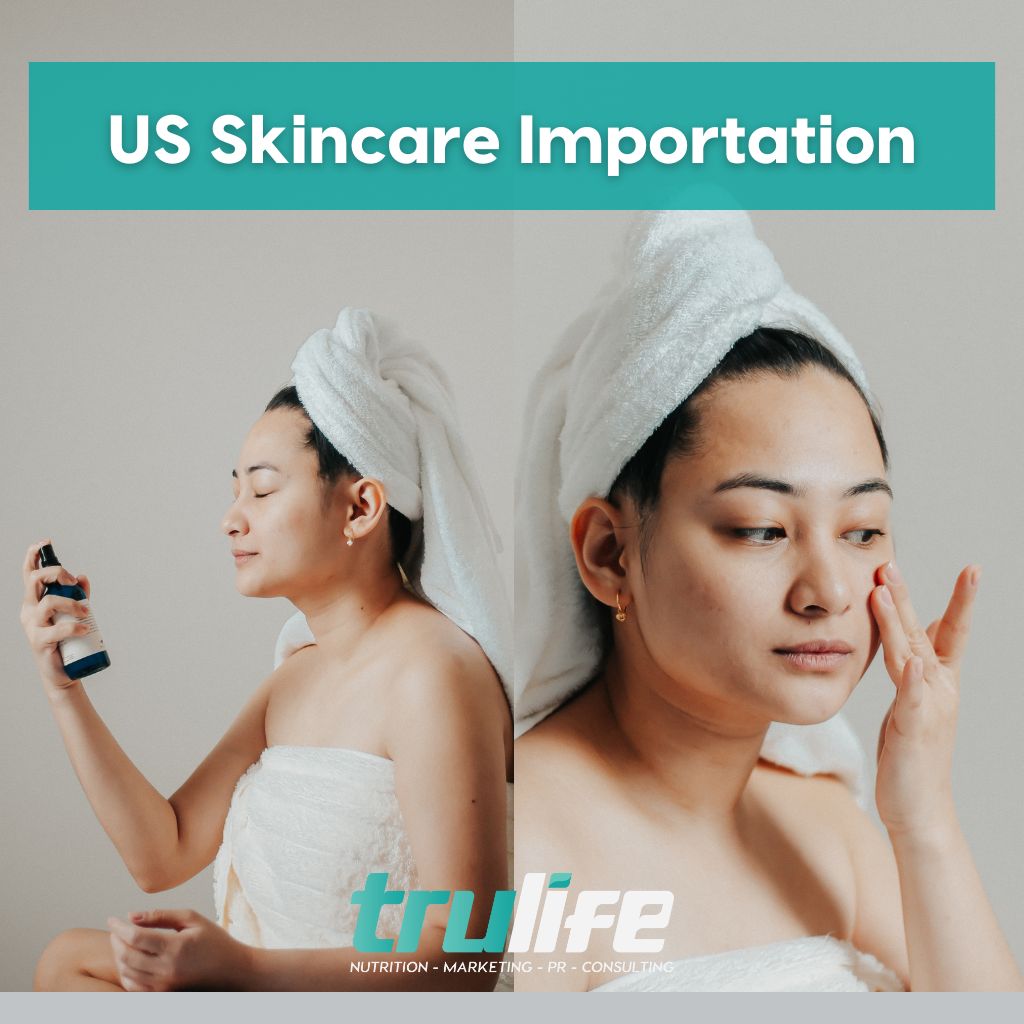It’s hard to stand out in the health and wellness industry. Our team at TruLife Distribution understands the power of digital marketing to cut help through the clutter.
At the same time, we realize that a good digital marketing strategy is no longer enough to help brands achieve genuine, explosive, and sustainable growth. To be effective, a marketing plan must incorporate both digital and brick-and-mortar strategies.
The Evolution of Modern Marketing (in a Nutshell)
30 years ago, the options available to marketers were limited. Online marketing was in its infancy, and any promotion outside of a company’s geographic region was an expensive option.
The advent of digital marketing has completely rewritten the script. It allows marketers to create data-driven promotions that can target the precise demographic they want to reach with their messaging.
While there are many benefits to digital marketing, it has also had the effect of saturating the marketplace. Companies on every level are investing in digital marketing, creating a crowded and chaotic field of promotional white noise that can be overwhelming for consumers.
Those who want to truly scale their health and wellness brands must look beyond digital marketing on its own. They need to use it as a springboard to simultaneously achieve brick-and-mortar success, too.

Blurring the Lines Between Digital and Physical Retail
It’s easy to slip into the mindset that digital and traditional marketing are mutually exclusive choices. Even if a business owner knows this isn’t true in theory, they often invest all of their digital and physical marketing “eggs” in different “baskets.”
Global design and architecture firm Gensler points out that the future of retail health doesn’t involve binary choices between the physical and digital worlds. The firm explains that “the retail sector has totally rejected this kind of binary thinking. Most successful retailers aren’t thinking about brick-and-mortar versus online strategies. Instead, they’ve learned to meet their customers where they are by creating fluid and hybrid experiences that use both.”
In other words, consumers don’t want a purely digital or physical experience. They want to move between both as needed. They want to research something online before or even while they’re testing it in person. They want to be able to make a purchase in either format.
The mistake is when a nutraceutical brand assumes this logic only applies to end users. It is a modern marketing phenomenon that has affected B2B sales channels as much as anywhere else. That’s right. Businesses need hybrid digital/physical marketing strategies, too, especially if they want to reach retailers in the health and wellness industry.

Creating Marketing Synergy
At TruLife Distribution, we’ve found that blurring the lines between digital and physical marketing is essential to standing out in a crowded marketplace. Brands must engage in solid digital marketing initiatives that include e-commerce, PPC ads, digital PR, and social media.
At the same time, they must leverage that digital momentum to gain the attention of brick-and-mortar retailers. For example, our team consistently attends ECRM conferences and maintains a network of leading retailers. When a brand has a well-established online presence, it makes placing its products on these company’s shelves much more likely.
Digital marketing and e-commerce are powerful marketing channels. Brick-and-mortar retail is still very much alive. Together, digital and physical marketing create a synergistic effect that truly generates growth and sets the stage for sustainable success.
If your brand’s digital marketing is sputtering or your brick-and-mortar presence is nonexistent, reach out to our team of industry veterans. We can help you unify your marketing strategy, ignite your promotional efforts, and help your brand achieve unprecedented success, even in the overcrowded U.S. health and wellness marketplace.








